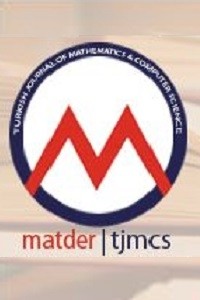
Turkish Journal of Mathematics and Computer Science
Yazarlar: Hasan ESKALEN, Şükrü ÖZĞAN
Konular:-
Anahtar Kelimeler:Peak-to-baseline ratio,PRC,HH Model,Phase difference
Özet: Phase response curve (PRC) examines how weak perturbation effects spike time of neurons. Peak-to-baseline ratio is one of the most important specification of type II PRC neurons and it gives a brief explanation of PRC in terms of numerical sense. In this study, Hodgkin Huxley (HH) model neurons coupled via gap junction under three different applied currents were investigated in terms of PRCs, peak-to-baseline ratio and required time interval of minimum phase difference. Although the used three HH model neurons had same type of excitability and PRCs, the shapes and maximum and minimum peaks were varied. The close relationship between peak-to-baseline ratio and the required time interval of minimum phase difference of coupled neurons were found. To sum up, the results of our simulations indicated that the required time of minimum phase differences of two coupled HH neurons via gap junction were related to calculated peak-to-baseline ratios.